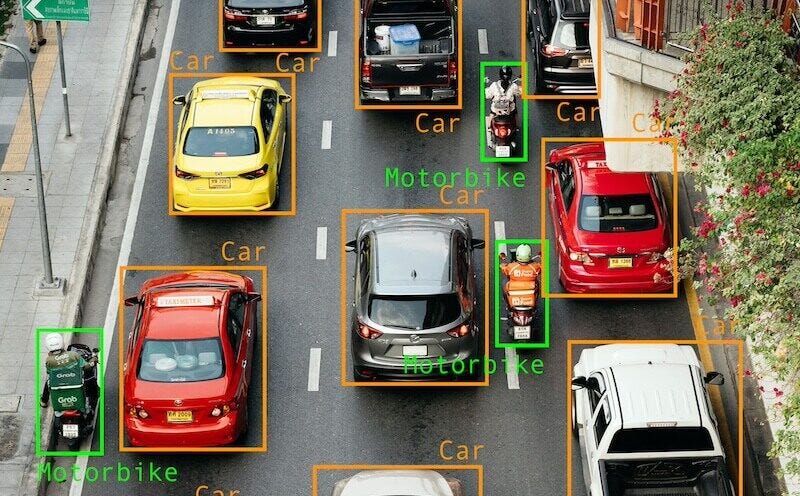When was the last time you worked on something that no human would ever use?
For most of history, this question would have been nonsensical. The baker baked bread for people to eat; the blacksmith forged tools for people to use. The work was direct, tangible, and its utility was self-evident.
That is changing. We are at the beginning of a shift in the nature of work, a shift from making things for humans to making things for machines. This is not about building robots to do our jobs; it is about our jobs becoming the process of teaching the robots.
I. Let's Put A Label On It
Some tasks are easy for humans and nearly impossible for machines. That’s where today’s work goes: into AI’s blind spots.

Every bounding box drawn around a stop sign in a blurry photograph, every clean transcript of a muffled interview, every tumor highlighted on a medical scan—that’s a human guiding a machine. This is the new frontier of human labor: providing the structured, labeled data that AI needs to learn.
Self-driving systems alone require more than 10 million hours of labeled driving footage every year. Healthcare AI models train on over 200 million hand-labeled medical images annually. One company, Scale AI, which provides data labeling services, made $870 million in revenue in 2024. While this is a fraction of the $100+ trillion global GDP, it represents a foundational layer of the new AI economy.
In this new labor economy, the most valuable jobs are often the ones where machines are weakest, and our instincts, our intuition, and our ability to understand context still matter.
II. WikiHow (AI Edition)
When Stripe, the payments giant, updated its developer documentation, it wasn’t just polishing prose for humans. It was rewriting it for machines. In the past, documentation explained how a developer could integrate an API—sample code, edge cases, gotchas. Now, the audience is shifting. Stripe’s new docs are structured so well that an autonomous agent—like an AI assistant—can read them and take action without asking for help.
Take a typical line:
“To test the payment endpoint, run the following cURL command…”¹
A human reads that and thinks: copy, paste, run. An AI sees something else: structure. Clarity. Consistency. Inputs that match outputs. Steps that map cleanly to actions.
This isn’t just a Stripe thing. Across the board, APIs are becoming machine-readable. Error messages are getting cleaner. Schema definitions are getting stricter. Interfaces are becoming legible to bots. We used to write for humans who could raise a hand. Now we write for agents that can’t. No small talk. No clarification. No room for error. Just clean, parseable truth. This is the new literacy, and it is written in the language of machines.
III. Doing It For the 'Gram
Value follows scarcity. Ten years ago, travel influencers were rare. A few people flew to exotic islands and showed the rest of us what it was like. That was content worth watching. Now? Everyone’s been to Bali. What’s scarce isn’t the destination—it’s the data.
Tomorrow’s creators won’t be performing for other humans. They’ll be demonstrating tasks for the benefit of AI. Someone might record themselves folding samosas—not for likes, but to teach a kitchen robot how to do it. A furniture assembly video might get 300 views from people—but train 3 million machines to twist the right screw.

This is still content. It’s just not entertainment. It’s instruction. And the audience isn’t human.
We’re still building for others. They’re just not human anymore.
*Notes:
1. cURL is a command-line tool for transferring data with URLs.


